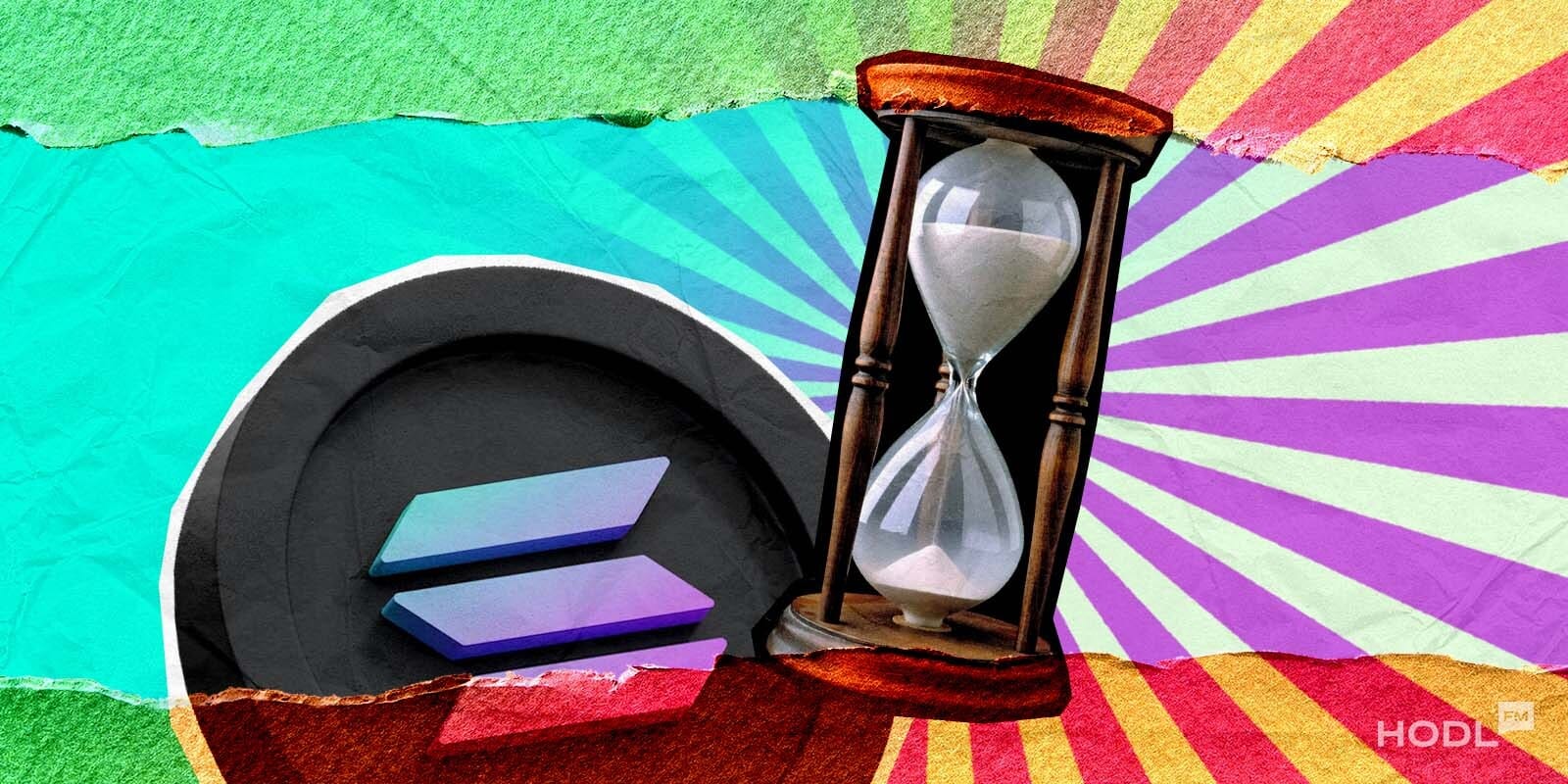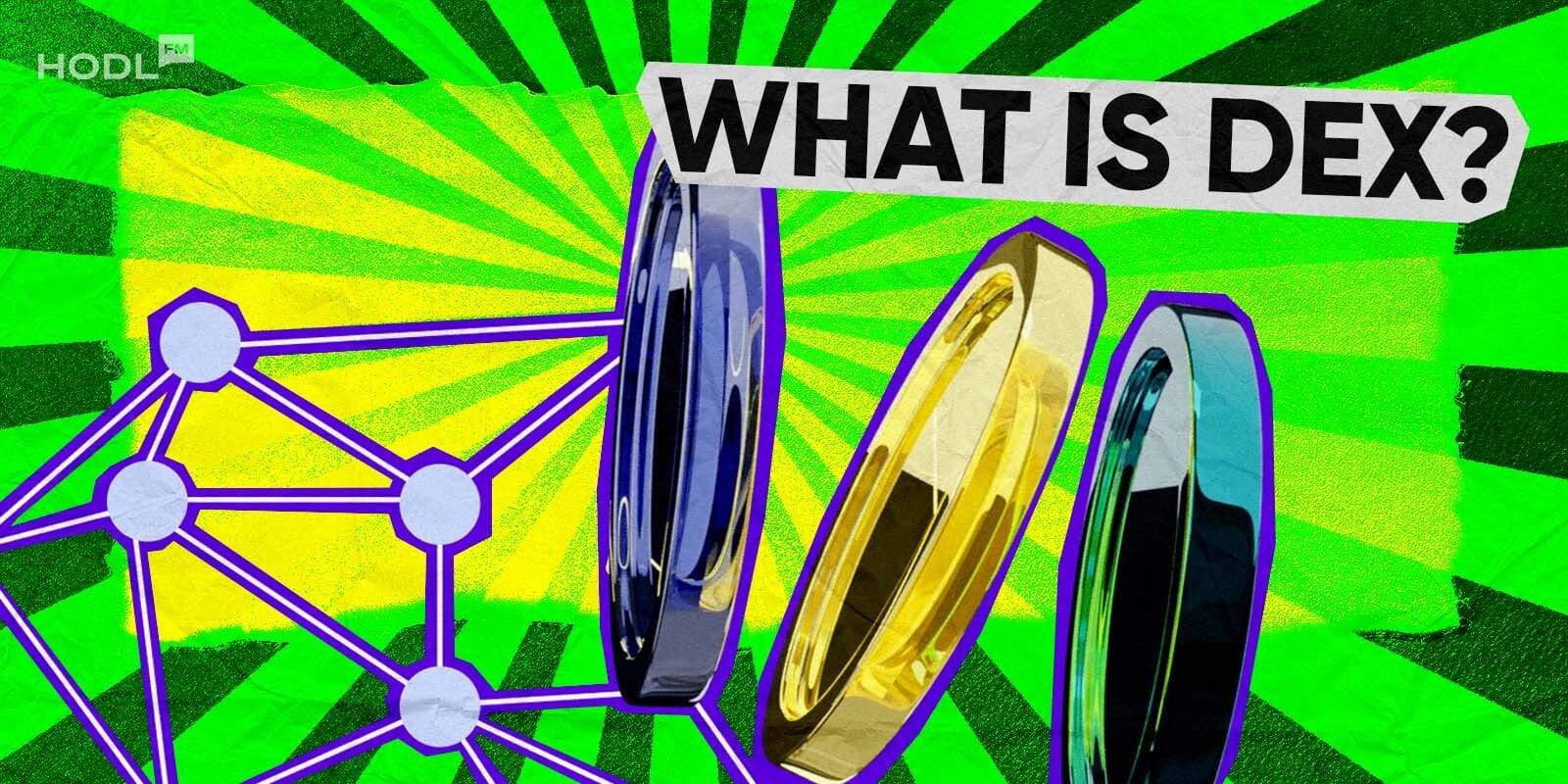Proof of History (PoH) – Solana’s Secret of Success

Solana is the sixth coin by market cap and a mother for thousands of tokens. Its developers built the most popular platform for launching memecoins, Pump.fun, and even own wallet, Phantom. Solana began to be called the killer of Ethereum.
This all became possible because of a supporting cryptographic technique – Proof of History. It’s not a standalone consensus mechanism but a supplementary component of one. Therefore, there can’t be a “Proof of History vs Proof of Stake” confrontation. It represents a new approach to timestamps, which has made Solana strong, fast, and scalable.
In this article, you will get Solana’s Proof of History fully explained. We will tell you how it works within the Solana blockchain, compare PoH with Proof of Work and Proof of Stake, and outline its advantages and disadvantages.
What is Proof of History?
As we can understand from the naming, it’s about proof using history. This tool puts a timestamp on every node and thus provides it with both date and time. A clear and easy-to-understand example is provided on the Solana website.
Imagine sending an important letter on a train from New York to Chicago, with stops in Philadelphia, Pittsburgh, and Cleveland.
On most blockchains (Other Chains Railways), there’s no set “schedule.” When the train arrives in Cleveland, the station attendant must call every other station to confirm it’s the right train. It takes time.
On Solana’s Railroad, each time the train stops, your letter gets a stamped mark with the city and exact time. By the time it reaches Cleveland, it already has stamps from all previous stops. No calls are needed.
That’s how the Solana Proof of History consensus works: every block has proof of its full journey (timestamps), so any node can quickly verify it without asking the whole network. And because Solana can check many “letters” at once (parallel verification), the trains, meaning transactions, move much faster.
How Proof of History (PoH) Works
In PoW or PoS, miners or validators are located all over the world. They don’t have a shared, synchronized clock. When a block is created, it includes a timestamp with the time it was mined. However, since each node uses its own local time, timestamps can be inconsistent or even conflicting.
In turn, Solana’s Proof of History proposed using a verifiable cryptographic clock that doesn’t require all nodes to trust each other’s timestamps.
Step 1: Using Hash Functions to Build Time
Hash functions are one-way functions: given an input, they produce a unique output, which is irreversible. Solana PoH uses a specific hash function called Sha256.
As Anatoly Yakovenko, the Solana founder and PoH developer said:
“So even if we get cut off and communication links go down, our clocks never drift because they are logical based on this SHA256.”
All of the hashes take the same amount of time to compute. Computing occurs through a special mechanism known as a Verifiable Delay Function (VDF). Each hash represents a tick of the clock.
Step 2: Creating a Chain of Hashes
Start with a random initial value (e.g., v0).
Compute the hash of that value:
v1 = hash(v0)
v2 = hash(v1)
v3 = hash(v2),
v4 = hash(v3),
…
v100 = hash(v99)
Step 3: Recording Events in the Timeline
Suppose an event (like a transaction or block creation) occurs. Let’s call it E1.
You insert this event into the hash chain at the point it happens:
v101 = hash(v100 + E1)
v102 = hash(v101)
v103 = hash(v102)
If another event happens later (say, E2), it’s inserted the same way:
v201 = hash(v200 + E2)
Now, the exact position of an event in the hash chain shows when it happened relative to all other events.
Step 4: Verifying the Timeline
Anyone can look at the chain of hashes and verify the order in which events occurred and that no one could have inserted an event in between. This creates a trustless, verifiable history, which means Proof of History.
Benefits of Proof of History
Solana’s Proof-of-History technique has several benefits for the network:
- Scalability boost: Transactions are efficiently verified while data storage requirements are minimized.
- Speedy transactions: Timestamping cuts down the time it takes to confirm transactions.
- Improving security: Because each hash depends on the previous one, altering any part of the history would require recomputing the entire sequence.
Solana: Pioneering the Proof of History Revolution
In March 2020, Solana started leveraging Proof-of-History along with Proof-of-Stake. This allowed it to become one of the fastest blockchains.
Solana operates 65,000 transactions per second, while Bitcoin – 7 and Ethereum – 15.
PoH is responsible for the speed. It’s the network’s built-in clock. It stamps every event with a moment in time, so the blockchain knows the exact order of transactions without waiting for all nodes to talk it over. PoH blockchain achieves this by using Verifiable Delay Functions (VDFs) – mathematical problems that take a set amount of time to solve but are quick for anyone to verify.
These are computed using the SHA-256 hash function. Hashes are chained together, so each output depends on the previous one.
Then comes PoS, which is responsible for the security. Validators are the machines that process transactions and produce new blocks. To become a validator, you need to stake SOL (the native token). The more SOL you stake, either your own or delegated to you by others, the more likely you’re chosen to validate.
Once the order of transactions is ready, Solana’s consensus kicks in using Tower BFT – a version of Byzantine Fault Tolerance that uses PoH timestamps to vote and lock in blocks. Tower BFT breaks the validation work into smaller “towers,” which makes block finalization faster and helps the network handle more transactions at once.
Additionally, Solana has extra tricks for speed and scalability:
- Gulf Stream pushes transactions to validators before they’re officially in a block. That way, there’s almost nothing in a mempool waiting for its turn.
- Turbine chops block data into smaller packets and sends them in parallel. It’s like BitTorrent.
- Sealevel is Solana’s parallel transaction engine. Most blockchains process smart contracts one by one, but Sealevel can run many at the same time.
- Gossip protocol quickly spreads news about transactions and blocks, so every node stays in sync.
So here’s the flow:
Proof of History solana consensus (powered by VDFs + SHA-256) creates the timeline → PoS picks the validators → Tower BFT locks transactions in the blocks → Gulf Stream, Turbine, Sealevel, and Gossip make sure everything moves fast. Validators do the heavy lifting; delegators provide their SOL.
Proof of History vs Proof of Work (PoW) vs Proof of Stake (PoS)
Almost every consensus mechanism sounds like “Proof of Something.” Why? Because it describes the way the network proves that these transactions are correct. In other words, it’s the method by which network participants agree that a transaction is valid and not malicious.
Further, we will consider the main ones.
Proof of Work (PoW)
Proof of Work is the first blockchain consensus mechanism, introduced by Bitcoin. In this system, miners around the world compete to solve complex mathematical puzzles. They have to “work” to find the solution, that’s why it’s called Proof of Work. The first to solve the puzzle earns the right to add a new block of transactions to the blockchain and receives a crypto reward. This process not only validates transactions but also secures the network.
Proof of Stake (PoS)
No, it’s not about the share of an apartment that all relatives get after a grandmother’s death. It means that many people have a stake in a common pool of assets used to verify transactions.
Proof-of-Stake (PoS) is a consensus mechanism that reduces the need for computational power by using randomly selected validators to confirm transactions and create new blocks. It significantly lowered energy consumption compared to Proof-of-Work (PoW).
PoS has two types of participants working on the network: validators and delegators. They follow this process:
- Validators lock up their coins in a smart contract, create new blocks, and validate transactions. In return, they earn rewards through new coins and transaction fees from delegators.
- Delegators choose validators to whom they delegate their coins for staking. They share both the risks and the profits with the validators.
|
Consensus Mechanism |
Used In |
Security Level (Qualitative) |
Energy Efficiency Indicator |
Decentralization Level |
|
Proof of Work (PoW) |
Bitcoin |
Very high (51% attacks costly) |
Energy use comparable to a small country |
High, open mining worldwide |
|
Proof of Stake (PoS) |
Ethereum, Cardano, Tezos |
High security based on penalties |
Uses less than 0.1% of PoW energy consumption |
High, with validators worldwide |
|
Proof of History (PoH) |
Solana |
Medium to high, high hardware requirements |
Moderate energy usage |
Medium, about 30 validators |
PoH in Other Networks
Other blockchains also want to be as fast as Solana. While no other major blockchain network uses full Proof of History as Solana does, several projects implement related concepts like Verifiable Delay Functions (VDFs) and time-based verification systems.
The Chia blockchain uses Verifiable Delay Functions (VDFs). Chia calls its version Proof of Time instead of Proof of History, but the idea is similar. It creates a reliable timeline using math functions.
Ethereum has tested VDFs for making secure randomness. In Ethereum 2.0 research, they built a “minimal VDF randomness beacon” – a system that mixes normal randomness generation with VDFs.
Filecoin uses something different but related: Proof of Spacetime (PoSt). This proves that storage providers are keeping data for a set period.
Challenges and Limitations of PoH
Everything good has its price. Along with the fastest transactions, the Proof of History blockchain presents several issues:
- Some level of centralization: The reliance on a single sequencer for creating the cryptographic timeline presents a potential centralization risk. If the sequencer fails or becomes compromised, the entire network’s timing system could be affected.
- Computational intensity: According to Solana’s whitepaper, validator nodes are required to meet strict hardware requirements. This creates significant barriers to entry.
- The high transaction failure rate: Proof of History Solana has 20.5% compared to Ethereum’s 0.09%. These failures are often caused by nonce mismatches and slippage tolerance issues.
The Future of Proof of History
The further development of Proof of History is closely tied to the development of Solana itself and everything built on it. Here’s what Anatoly Yakovenko said about whether there will be a Layer 2 on Solana:
Solana aims to gain approval from the SEC so it can be sold through ETFs. Despite strict regulations, experts think there’s a 95% chance that ETF approval could happen in 2025.
The company promised an upgrade coming in 2025 – the Firedancer. It’s a new version of the program for validators that could boost Solana’s speed to over 1 million transactions per second. It’s built by Jump Crypto company in the C programming language
Big financial firms and enterprises see Solana as a way to save up to $7 trillion a year in global transaction costs. Solana already has partnerships with Visa and Stripe.
What now?
Proof of History has made a real breakthrough that neither the creators of Bitcoin nor Ethereum thought of. So, get ready for Solana’s journey to 1 million transactions per second.

Disclaimer: All materials on this site are for informational purposes only. None of the material should be interpreted as investment advice. Please note that despite the nature of much of the material created and hosted on this website, HODL FM is not a financial reference resource, and the opinions of authors and other contributors are their own and should not be taken as financial advice. If you require advice. HODL FM strongly recommends contacting a qualified industry professional.



